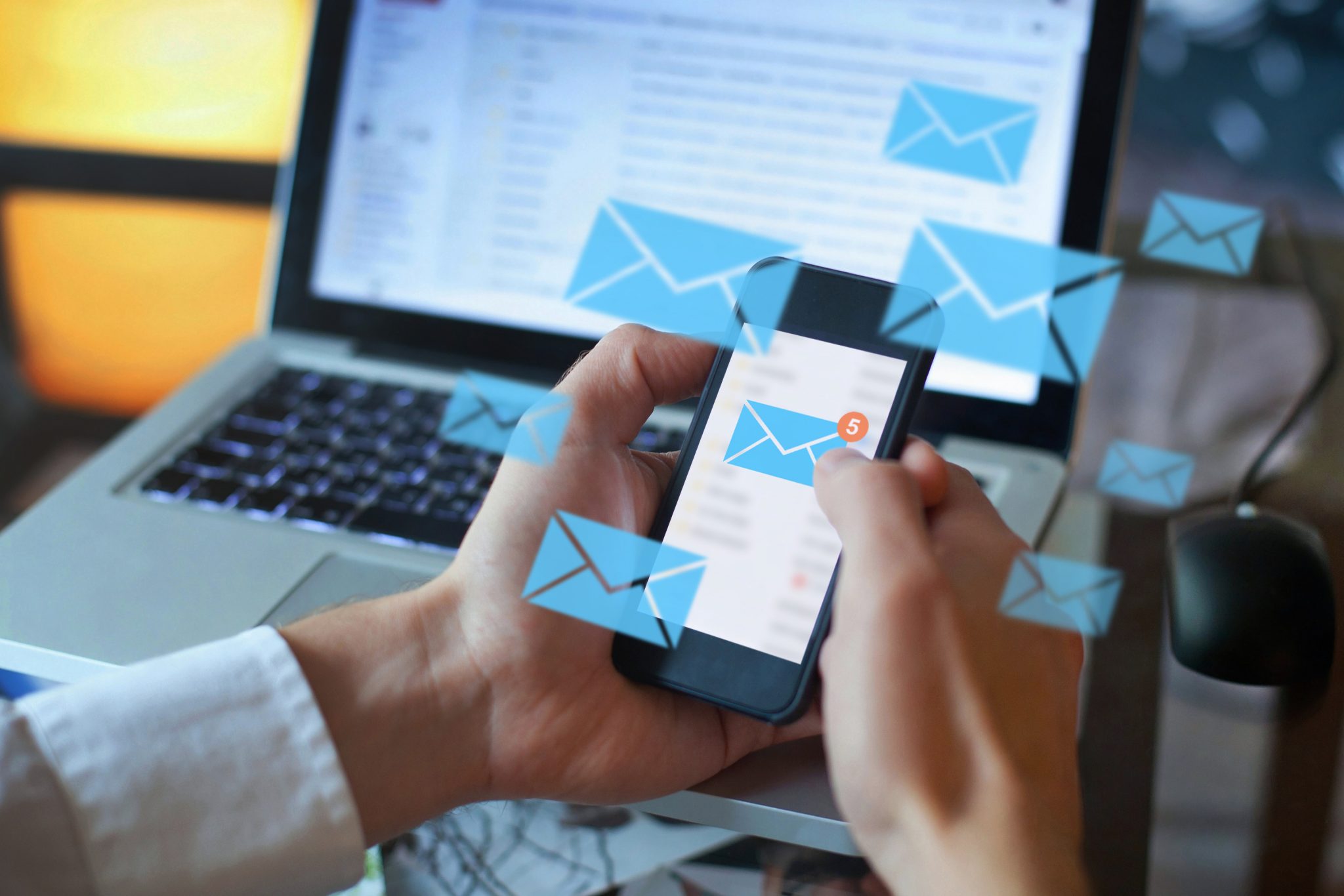Email Marketing in 2024: Google/Gmail and Yahoo’s New Sender Requirements
In the ever-evolving world of digital marketing, staying abreast of the latest requirements and best practices for email marketing is crucial. In 2024, significant updates from major email service providers like Google/Gmail and Yahoo have set new standards for senders. This post will delve into these new requirements and provide actionable tips for businesses to stay compliant and effective in their email marketing campaigns.
Google/Gmail’s Updated Sender Requirements
Google/Gmail has always been at the forefront of fighting spam and ensuring a safe, user-friendly experience. Their latest updates reflect a heightened focus on sender reputation and email authentication. Key changes include:
- Stricter Authentication: Senders must now use authenticated domains. This means setting up SPF (Sender Policy Framework), DKIM (DomainKeys Identified Mail), and DMARC (Domain-based Message Authentication, Reporting, and Conformance) records. These protocols help verify the sender’s identity and reduce the chance of emails being marked as spam.
- Enhanced Content Quality: Google/Gmail is now using more advanced algorithms to assess content quality. Emails with relevant, valuable content are more likely to reach the inbox. This shift emphasizes the importance of engaging, well-crafted messages over generic mass mailings.
Yahoo’s New Sender Standards
Yahoo, another major player in the email world, has also updated its sender requirements. Similar to Google/Gmail, Yahoo is focusing on authentication and content quality, but with some additional nuances:
- User Engagement Metrics: Yahoo is placing greater emphasis on how recipients interact with emails. Metrics like open rates, click-through rates, and the rate of emails moved out of the spam folder are being closely monitored. High engagement rates will favor the sender’s reputation.
- Feedback Loop Participation: Yahoo encourages senders to participate in their Feedback Loop program. This service notifies senders when recipients mark their emails as spam, offering valuable insights for improving future campaigns.
Best Practices for Complying with These Requirements
To adhere to these new standards and optimize your email marketing efforts, consider the following best practices:
- Regularly Update Authentication Protocols: Regularly review and update your SPF, DKIM, and DMARC records. This not only aids in compliance but also improves email deliverability.
- Focus on High-Quality Content: Create emails that provide value to your audience. Personalization, clear messaging, and engaging content are more important than ever.
- Monitor Engagement and Adjust Accordingly: Keep a close eye on how your audience interacts with your emails. Use these insights to tweak your strategies for better engagement.
- Act on Feedback Loop Data: If you’re in Yahoo’s Feedback Loop program, use the feedback to understand why recipients might be marking your emails as spam and make necessary adjustments.
Conclusion
Navigating the changing landscape of email marketing can be challenging, but staying informed and adaptable is key. By understanding and complying with the new requirements set by Google/Gmail and Yahoo, businesses can ensure their email marketing strategies remain effective and yield the desired results in 2024.

